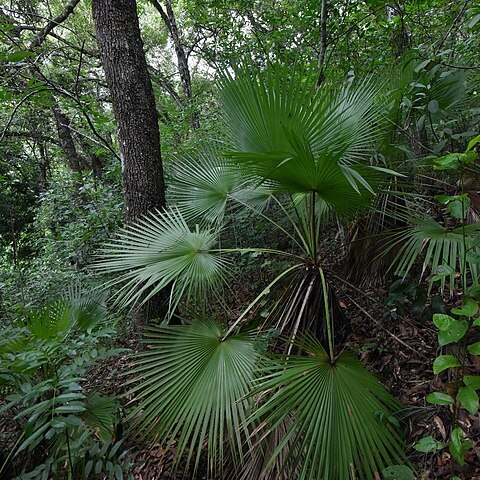Dry woodlands, usually on limestone soils. Hillsides in dry, open or wooded areas, often in oak forests, on rocky, calcareous soils at elevations from 300-1,700 metres.
Dry woodlands, usually on limestone soils. Hillsides in dry, open or wooded areas, often in oak forests, on rocky, calcareous soils at elevations from 300-1,700 metres.


